Choosing the right siding is an important step in preserving the health and aesthetics of your home. That’s why many homeowners like to know how to budget before they begin their siding project. Fortunately, siding comes in a wide variety of materials and price points. Here’s a quick look at the pros, cons and costs of each material.
Find Top-Rated Siding Pros
Search NowBudget Friendly Options
Your most affordable siding options will be engineered wood, vinyl, and metal. Most homeowners are familiar with vinyl siding and its benefits: it’s tough, requires little to no maintenance, and doesn’t need painting. However, while manufacturers have started to make vinyl look a lot less like vinyl, it still doesn’t look quite as realistic as wood as some of the vinyl alternatives.
If you’re looking for an alternative to vinyl, engineered wood could be an option worth considering. Made of wood fiber and resin, engineered wood is affordable, durable, and available in a number of different styles, giving you the look of wood at a significantly lower price point. However, it’s not entirely maintenance-free as it does require painting, which might be a good thing if you like to change up the look of your exterior from time to time. Additionally, given the relative newness of engineered wood siding, its long-term durability is unproven.
Rounding out the affordable options is metal siding. Resistant to fire, insects, and rot, as well as relatively low maintenance, metal siding is a popular option for sheds and other outbuildings. However, it is susceptible to scratching and denting
Find Top-Rated Contractors in Your Area
Compare QuotesMid-Range Options
Many homeowners opt for one of three options within this category: wood, stucco, or fiber cement. Wood is one of the most popular and proven siding options to consider. Aesthetically pleasing and easy to work with, it’s hard to go wrong with wood siding. The downside is that it requires more maintenance, and is vulnerable to rot and insects. It can also get pricey as you step up in quality.
Popular in the southwest and coastal environments due to its weather- and moisture-resistant properties, stucco siding offers durability and good looks, while being low maintenance and moderately priced. However, stucco installation is labor-intensive and, as such, requires the installation by an experienced pro.
Want the look of wood, brick, or stucco? Then you should consider the latest trend in siding: fiber cement. Made from a mixture of cellulose, sand, and cement, fiber cement siding is incredibly durable, resists rot and termites, and is fire-resistant. It also holds paint longer than wood. So, why wouldn’t you choose fiber cement? For one, installation can be tricky and requires an experienced pro to do the job right. Fiber cement also needs to be installed on a clean wall, so you’ll have to pay to remove your old siding.
Create the Home of Your Dreams. Find Pros.
Search NowPremium Options
If you like the look of stone and your budget is of no concern then you might want to consider siding your house with brick, synthetic stucco, or synthetic stone/veneer.
When it comes to siding, it’s hard to go wrong with brick. It’s durable, nearly maintenance free, resistant to rot and insects, and fire-resistant. Add in the fact that you can get brick in a number of different colors, sizes, and textures, and you have a material that will protect your home for years to come, and look good doing it. However, brick is expensive and does require professional installation.
Also known as exterior insulation and finish systems, synthetic stucco is a multi-layered insulating coating consisting of an insulating foam inner layer, a polymer and cement middle layer, and a textured outer layer. The benefits of synthetic stucco are that it’s more crack-resistant than standard stucco and more energy efficient. However, it is more expensive, less durable, and can be susceptible to water damage, making a less-than-ideal choice for wet environments.
Rounding out the premium category is synthetic stone. Manufactured to look like real stone, synthetic stone gives you the look of real stone without the real stone cost. It’s also fire and bug resistant, not to mention low-maintenance. And since it weighs substantially less than real stone, installation is a lot less involved. The drawback is that it’s expensive. Some also argue that it doesn’t look like real stone, but that’s for you to decide.
As you can see, you’ve got a number of options. We recommend speaking with a reputable siding pro with extensive experience in the materials you’re thinking about choosing. Not only will they be able to provide a more detailed break down of the pros and cons of each material, they’ll be able to help you come up with a solution that works best for your home and your budget.

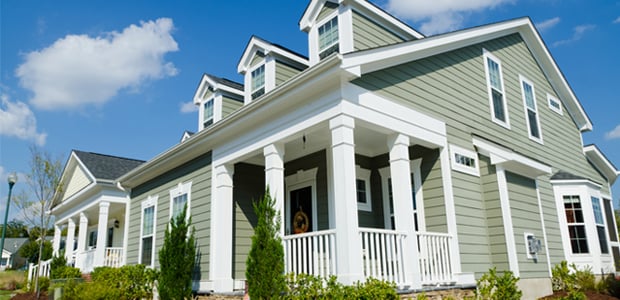
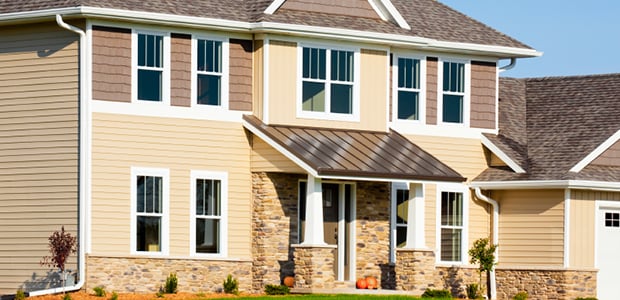
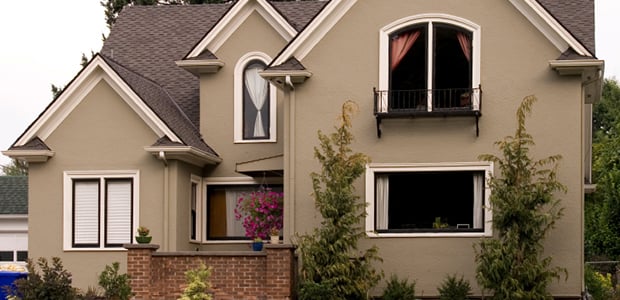
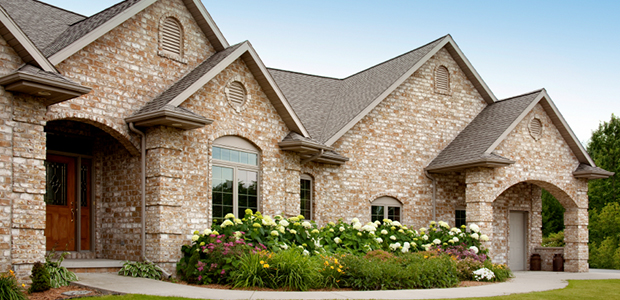

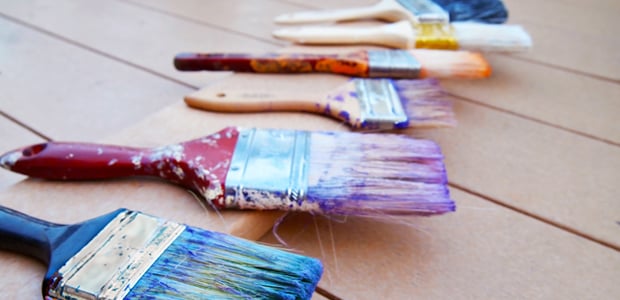 6 Exterior
6 Exterior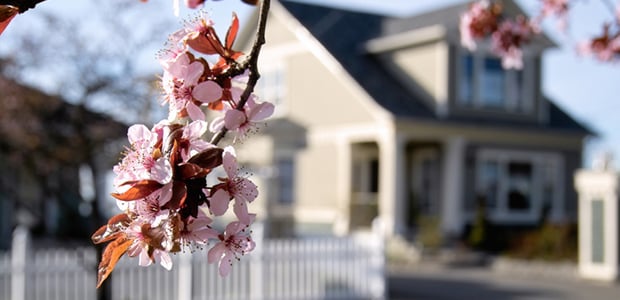 Boost Your Home’s
Boost Your Home’s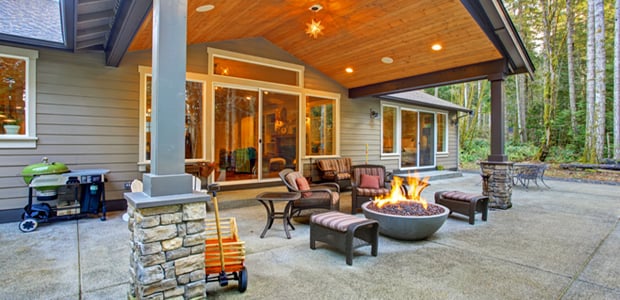 Stunning Outdoor
Stunning Outdoor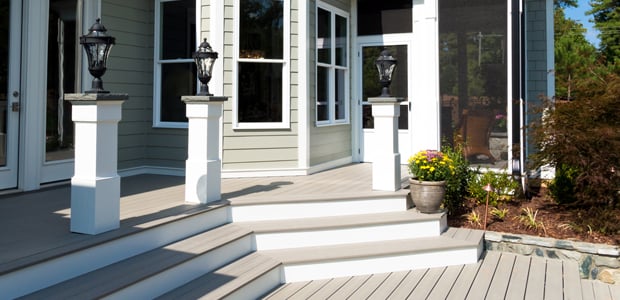 Decks Done
Decks Done